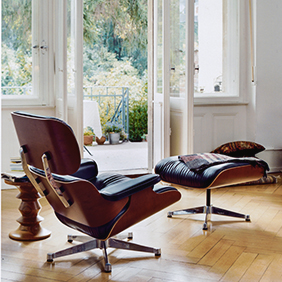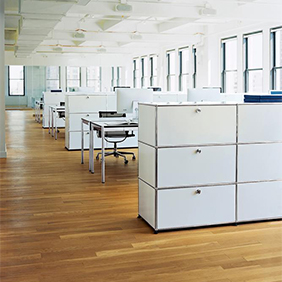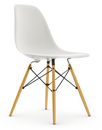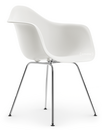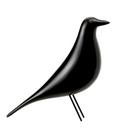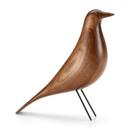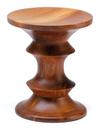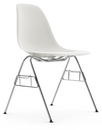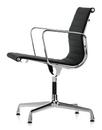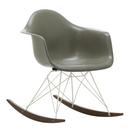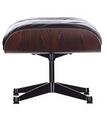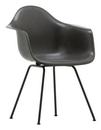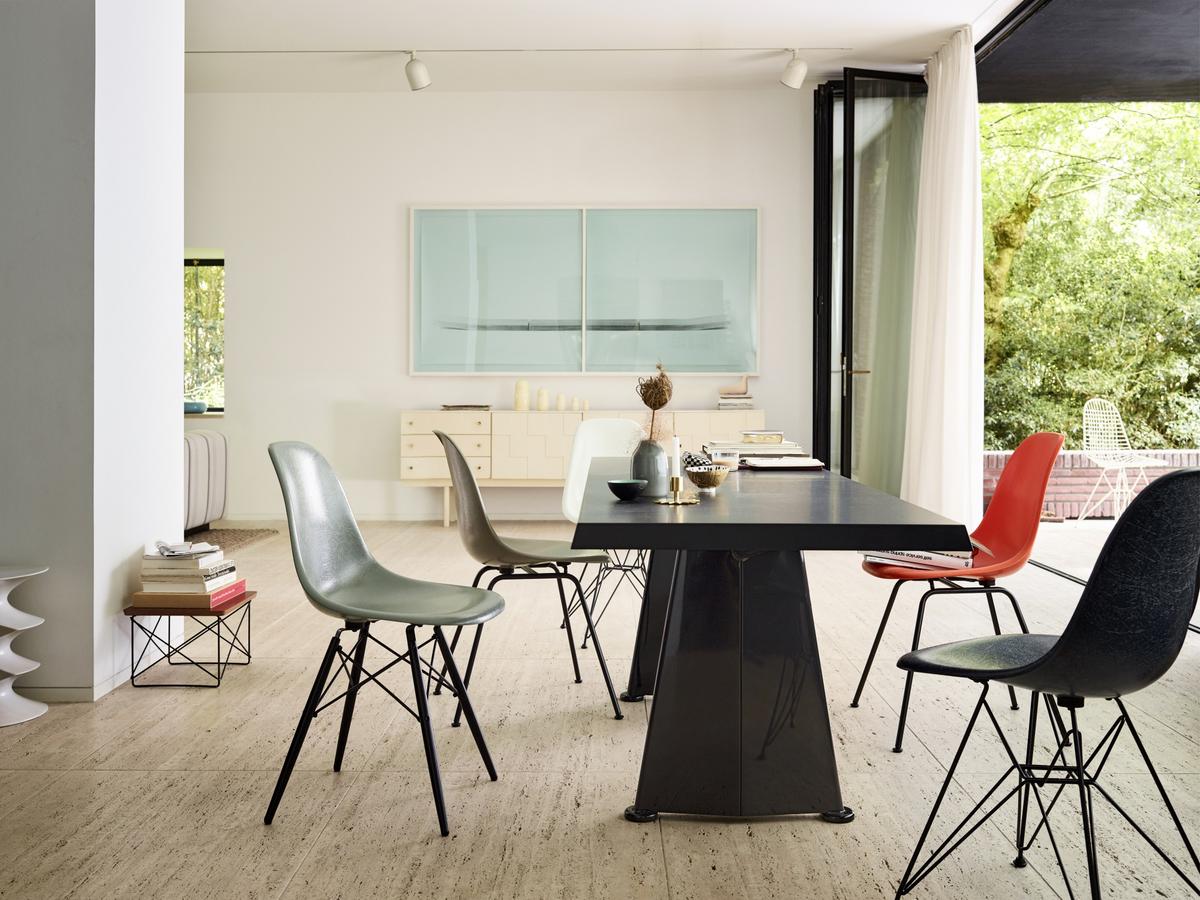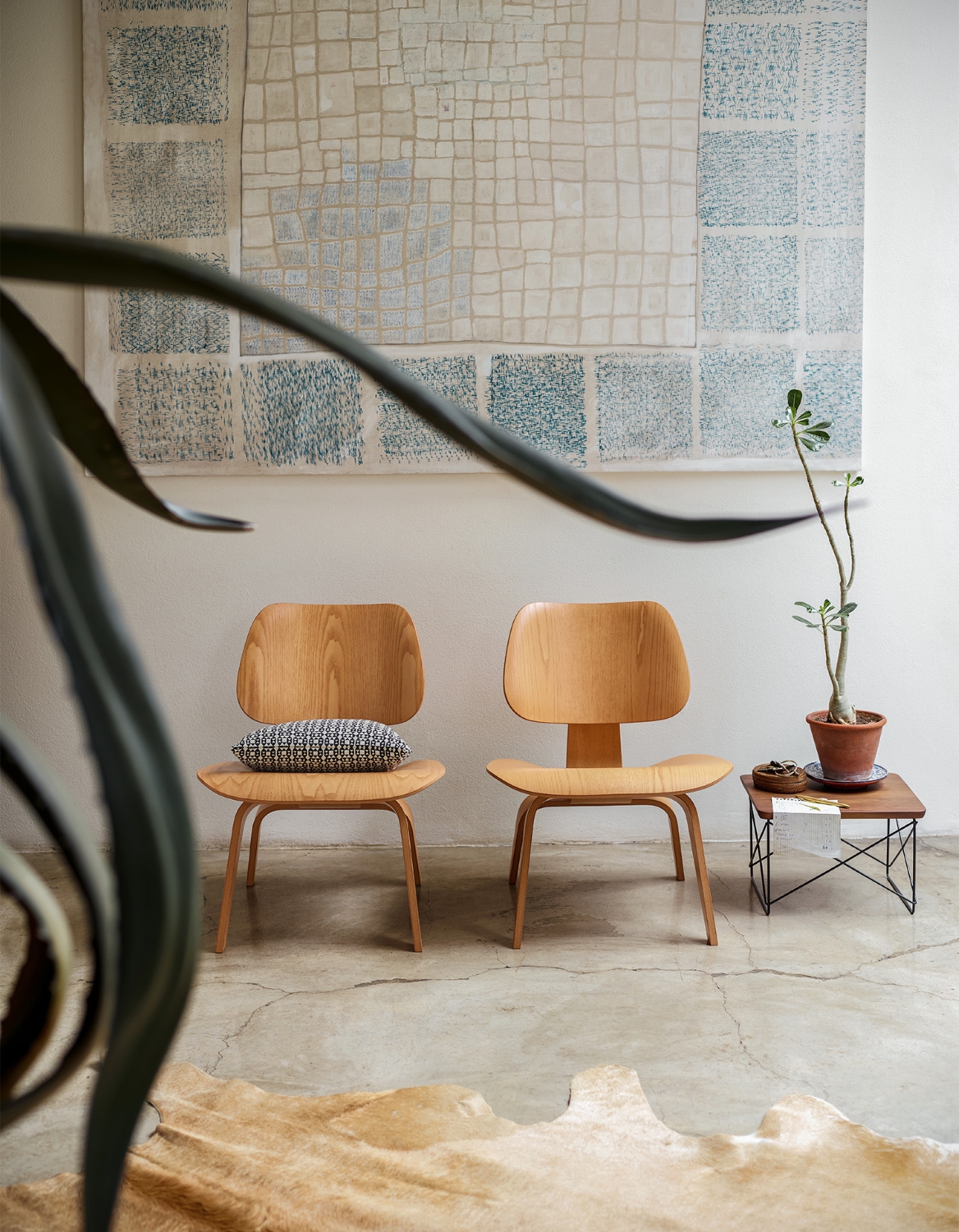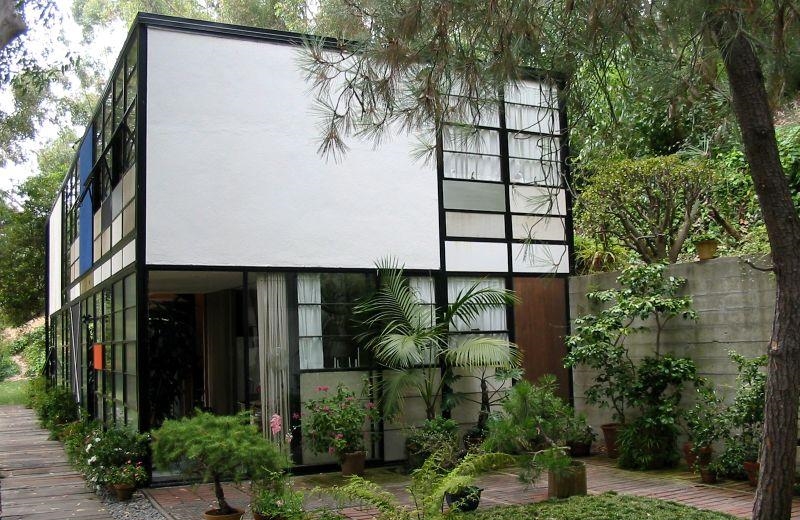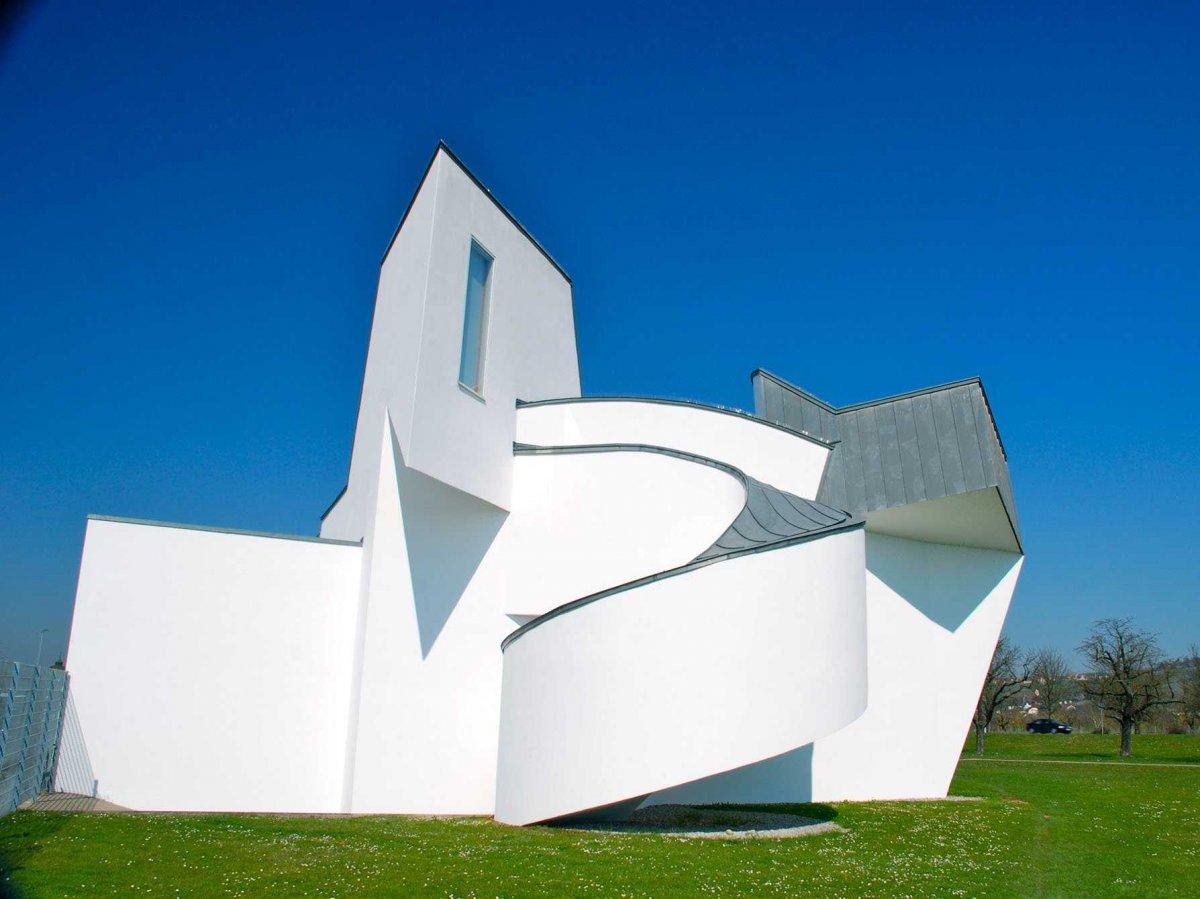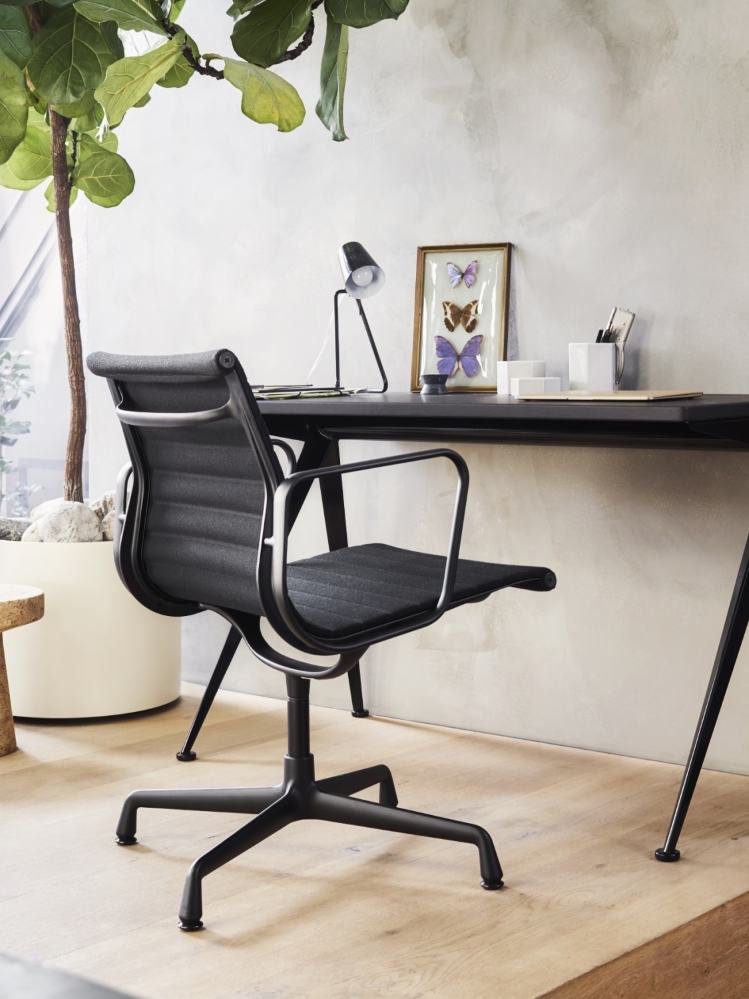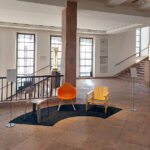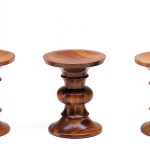Stühle zum (Be)Sitzen, a smow Pop-up at the Grassi Museum für Angewandte Kunst, Leipzig
...Stühle zum (Be)Sitzen's brief tour through the (hi)story of chair design in western Europe ends with Harry Thaler's 2011 Pressed Chair through Nils Holger Moormann, a chair that as Harry once told us began as "a small fork made from one piece of wood", became a desire to create a chair in one material, and which through the choice of pressed aluminium not only neatly translates the moulded plywood of, for example, Arne Jacobsen, Aino and Alvar Aalto or Charles and Ray Eames into metal, but reminds that the plastic shell of the RAR that rocks next to the Pressed Chair in Stühle zum (Be)Sitzen began life as pressed steel, before that was deemed too expensive and the, then, novel fibreglass was used...


